


Sign-up for {N}power to get exclusive discounts, newsletters, members-only features, and more!

Looking for simple ways to stay loose and limber? Tired of tossing and turning and in desperate need of some quality zzz’s? Look no further than collagen and glycine! These two often overlooked nutrients hold the key to alleviating a whole host of health issues with their impactful and wide-ranging benefits. Without them, we can expect to encounter a lifetime of less mobility, poor quality sleep, and more pain as we age; and most of us have been operating largely without them—the best sources of collagen and glycine are in things like cartilage, tendons, and bone, parts of the animal we just don’t eat. But it’s easy to turn that around and ensure our bodies get enough of these super nutrients to live life with ease.
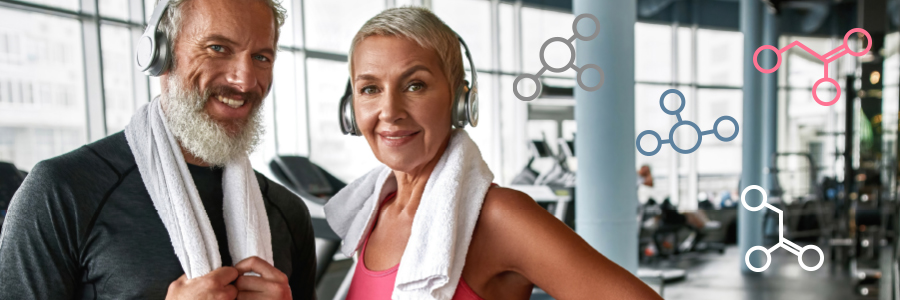
Maintaining an active and independent lifestyle is something we all desire as we get older—but it’s not always a given. More than 32.5 million US adults are suffering from osteoarthritis (OA), the most common form of arthritis.1 OA is defined as the inflammation and progressive destruction of joint cartilage—a very firm tissue that surrounds bones and cushions them from the shock of high-impact movements—particularly in the knees, hip, spine, and other joints in the body, leading to pain, limitation of movement, and a reduction in quality of life.2 3 Even if you don’t have OA, factors such as age, strenuous exercise, and menopause can lead to joint pain and discomfort.
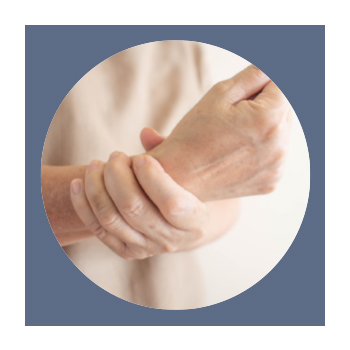
Over-the-counter treatments for pain and inflammation include non-steroidal anti-inflammatory drugs (NSAIDs) that often come with unwanted side effects, especially when taken chronically, and many want to avoid costly and painful surgery for joint replacement.4 These are just a couple of reasons leading people to look for alternative treatments, such as collagen supplements, for joint health. And it’s no wonder collagen tops the list. Its fiber-like structure is used to make connective tissue and is a major component of bone, skin, muscles, tendons, and cartilage. One type of collagen, type II collagen, makes up the bulk of the cartilage extracellular matrix (ECM);5 6 7 8 think of the ECM as the ‘glue’ that binds cells together in connective tissues.9
The body does produce collagen naturally, but it gradually makes less as we age. By age 40, you can lose up to one percent of your body’s collagen each year and by around age 80, collagen production in the body can decrease by as much as 75 percent.10 11 Factor in things like excess sun exposure, excess alcohol, smoking, and even a lack of sleep and exercise, and you’ve got the recipe for additional rapid collagen depletion and degradation.12 A breakdown in collagen within structures throughout the body leads to a loss of cartilage and joint problems such as arthritis. But collagen supplementation is proving to be an effective approach for supporting healthy joints and mobility.13 14
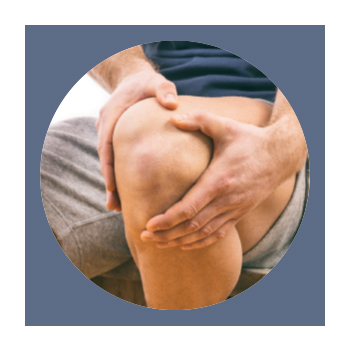
According to a review of seven studies, orally administered collagen supplementation is well-absorbed and accumulates in cartilage tissue. It also was shown to stimulate a “statistically significant increase” in the production of the ECM molecules by the specialty cells responsible for cartilage formation, as opposed to those in the untreated control groups.15 A separate meta-analysis of randomized placebo-controlled trials on the effect of collagen supplementation on OA symptoms also showed a significant reduction in the total score evaluating hip and knee osteoarthritis, a significant decrease in stiffness, and a significant reduction in a common rating of acute and chronic pain.16 17 And in a study including 55 healthy subjects with no history of arthritis, but who experienced joint pain with physical activity, 40 mg of collagen daily for 120 days lead to improved knee joint movement and “demonstrated the potential to … alleviate the joint pain” that comes from physical activity.18
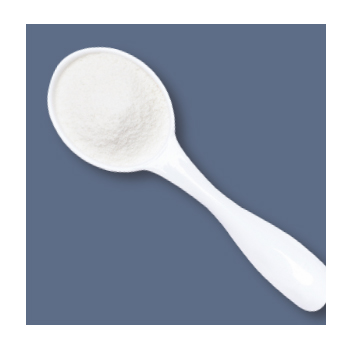
Collagen supplements come in a variety of forms to suit your unique needs. Most brands feature collagen peptides or hydrolyzed collagen, which are forms that are better absorbed. Look for convenient pills, powders, and even bone broths containing collagen-rich peptides. Studies show that doses between 10 mg and 40 mg/day can improve joint health.19
Sleep disturbances can be attributed to many factors, such as illnesses, medication side effects, sleep disorders, social changes, poor sleep habits, circadian rhythm changes, and more.20 But no matter the reason, a chronic lack of quality sleep can be a nightmare. Thanks to the amino acid glycine—required for the body to make collagen—you may finally be able to catch some zzz’s.
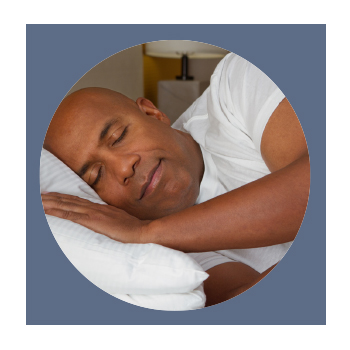
Research shows that taking 3 grams of glycine before bed decreases how long it takes to fall asleep, enhances sleep quality, lessens daytime sleepiness, and even improves cognition. According to the findings, “Ingestion of glycine before bedtime seems to produce … improvement of sleep quality in a different way than traditional hypnotic drugs such as benzodiazepines.” Participants reported a significant improvement in fatigue, “liveliness and peppiness,” and clear-headedness after waking.21 22 Researchers believe glycine can help you fall asleep and stay asleep through its calming effect on the brain and by lowering your core body temperature.23 24 Good news if you’re looking to fall asleep without unwanted side effects from medications.

In addition to promoting healthy sleep, research has found that glycine has antioxidant and anti-inflammatory actions and is protective of the liver. It can also improve metabolic disorders in people with cardiovascular disease, inflammatory diseases, diabetes, and obesity. It also plays a role in neurotransmission and is necessary to activate receptors in the brain related to learning, memory, and cognition.25 26
Harness the power of collagen and glycine and experience natural ways to maintain a healthy and active lifestyle throughout your lifetime.



Sign-up for {N}power to get exclusive discounts, newsletters, members-only features, and more!